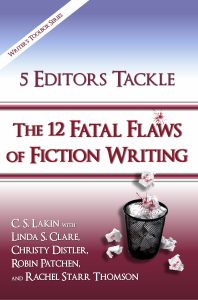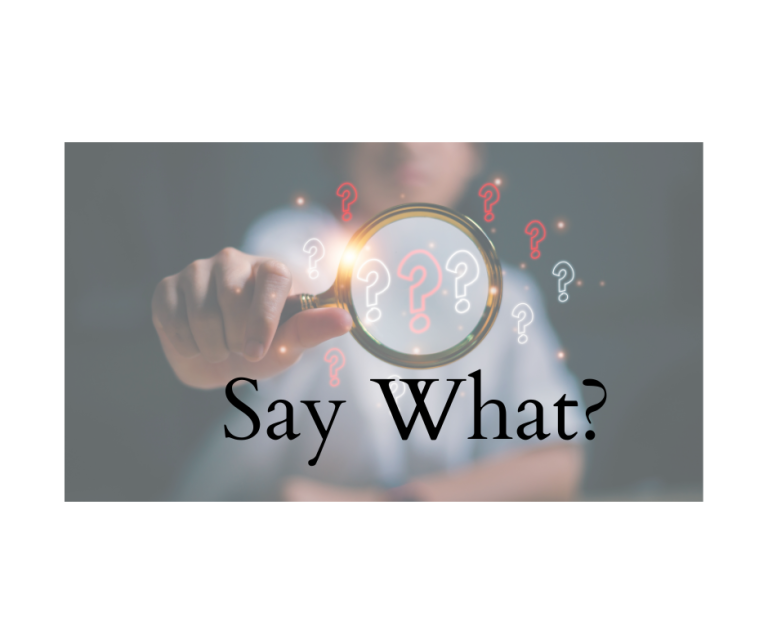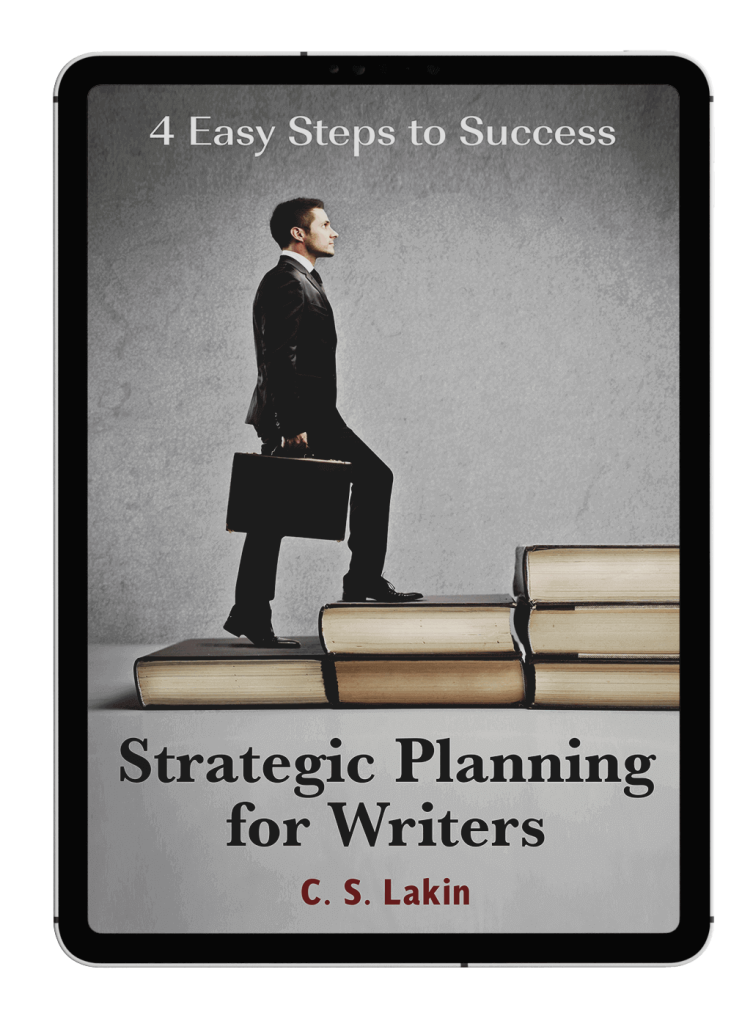Weasel Words: The Cure for Prepositional Phrase-itis
This week editor Linda Clare continues our look at Fatal Flaw #11 – Pesky Adverbs and Weasel Words.
This month, our posts are all about the words writers commonly overuse or use improperly.
Let’s look at how prepositions are abused in fiction and how to fix them.
A prepositional phrase is often a directional or time place-keeper. Common prepositions include in, to, of, from, on, over, under, through, above, and below. Writers use them to help readers imagine scenes more completely. Instead of floating in space, a character stands in the room. She lays her keys on the table and opens a letter from a long-lost lover. When she slumps to the floor, readers are grounded.
It’s difficult to write much of anything without using prepositions. Yet writers often overuse them—just in case readers didn’t get the gist of a sentence the first time. In this case, prepositions become weasel words: they’re unnecessary, distracting, and wordy. A case in point might be a paragraph with a POV character moving through it:
Sarah went to the balcony and looked over the railing. On the ground below, Rick stood, spouting amorous poetry. Sarah stepped back from the balcony, away from the railing. “What are you doing spouting poetry on the ground?”
Rick yelled from the ground below, “I love you Sarah. I’ll stand here on the ground until you come down from the balcony!”
Once readers are told where people or objects are in time and space, they don’t need to be reminded in every sentence. It’s annoying to read the same orientation over and over. Repeat the orientation (using a prepositional phrase) only when it changes (and if it’s important) or if there are more than two characters in the scene.
Many times prepositional phrases can be eliminated by using a possessive with an apostrophe. Instead of writing “Sarah went to the balcony and looked over the railing,” you could write, “Sarah looked over the balcony’s railing.”
Rabbit Holes
Another mistake writers make is trying to cram many prepositional phrases into the same sentence:
Sarah went back into her bedroom, where she ran straight into the closet with all her love letters, tied with red ribbon, in a shoebox tucked safely on the top shelf of the musty old space, with cobwebs and mothballed clothing hanging from the racks.
The sentence has no less than nine prepositional phrases—enough directional changes to cause whiplash. When readers must follow multiple directions or actions, putting them all into a single sentence only adds to the confusion. It’s better to break up these convoluted constructions than to challenge readers to stick with you through too many actions/directions.
Depicting Multiple Actions
When writers want to give readers the sense of several actions occurring at once, the adverbs as and while often come into play. Opening a sentence using adverbs can muddle the action and give the sense the character is doing multiple actions at once in an implausible way.
As he entered the room, he drew his pistol, hunkered down, spun around, let out a loud “hiyaa,” and fired.
Did he also do the hokey pokey? It only takes an instant to enter a room, so it’s hard to believe the character could do all these things in that moment. Moreover, readers will likely be forced to reread the sentence to be able to imagine the entire sequence, and any time you make readers go back over a sentence, it creates frustration.
Since readers process one action at a time anyway, it’s better to separate them into smaller chunks. The perception of simultaneous action will be the same.
Before:
As she crouched in the corner of the dark closet, with the shoebox from the closet shelf in her lap, she carefully slid her finger under the red ribbon tying the letters in the shoebox, took a letter from the stack, unfolded the letter from the shoebox on her lap, and sighed. She refolded the letter, tucked it under the red ribbon, laid the letters in the shoebox, put down the shoebox, stood up, opened the closet door, left the closet, went to her bed, and sobbed.
After:
She crouched in the dark closet, the box of love letters in her lap. Sliding her finger under the red ribbon, she pulled out the stack and chose the latest missive. She sighed, hesitated. Maybe another day she’d be stronger. Blinking back tears, she put the letters away and stood. A sob rose in her throat, and she threw herself on her bed.
The second version is shorter and less tedious to read. Note the lack of repetition (we know she’s in the closet), the shorter sentences, and the separation of multiple stage directions or actions. Prepositional phrases and adverbial clauses are vital, and when they’re used correctly, they make the reader experience more enjoyable. But watch for those little words that can trip up your prose.
Your Turn:
Take a look at the way you use prepositional phrases. Is there a pattern? If prepositions are a problem in your drafts, how do you tighten them in revision?
Are you ready to tackle every fatal flaw? They’re all here in our comprehensive book!
 A comprehensive compilation of the entire year’s course and much more! More than 60 Before and After examples, checklists for your scenes, and bonus passages to help you test what you’ve learned.
A comprehensive compilation of the entire year’s course and much more! More than 60 Before and After examples, checklists for your scenes, and bonus passages to help you test what you’ve learned.
“Concise, informative and easy to understand, this book should be on every writer’s bookshelf. Fiction writers will benefit from the expertise, examples and tips found in this 12-step editing guide. Perfect for aspiring writers still learning the craft or established authors who want to brush up on their skills.”
—Cheryl Kaye Tardif, bestselling author of How I Made Over $42,000 in 1 Month Selling My Kindle eBooks











Good advice. The possessive with an apostrophe is an excellent alternative to prepositional phrases, especially with flash fiction when word count is limited and every word counts.
It’s details like these that separate the experienced from the inexperienced writer. I’m learning. Thanks for your post.
Putting The 12 Fatal Flaws of Fiction Writing on my ‘to buy list’ before I start editing my next book. Lots to keep in mind as I write. Thank you for posting bits and pieces of the book, it got you one sale, at least.
Thanks! I hope the book really helps you tighten up your writing and catch all those pesky flaws!